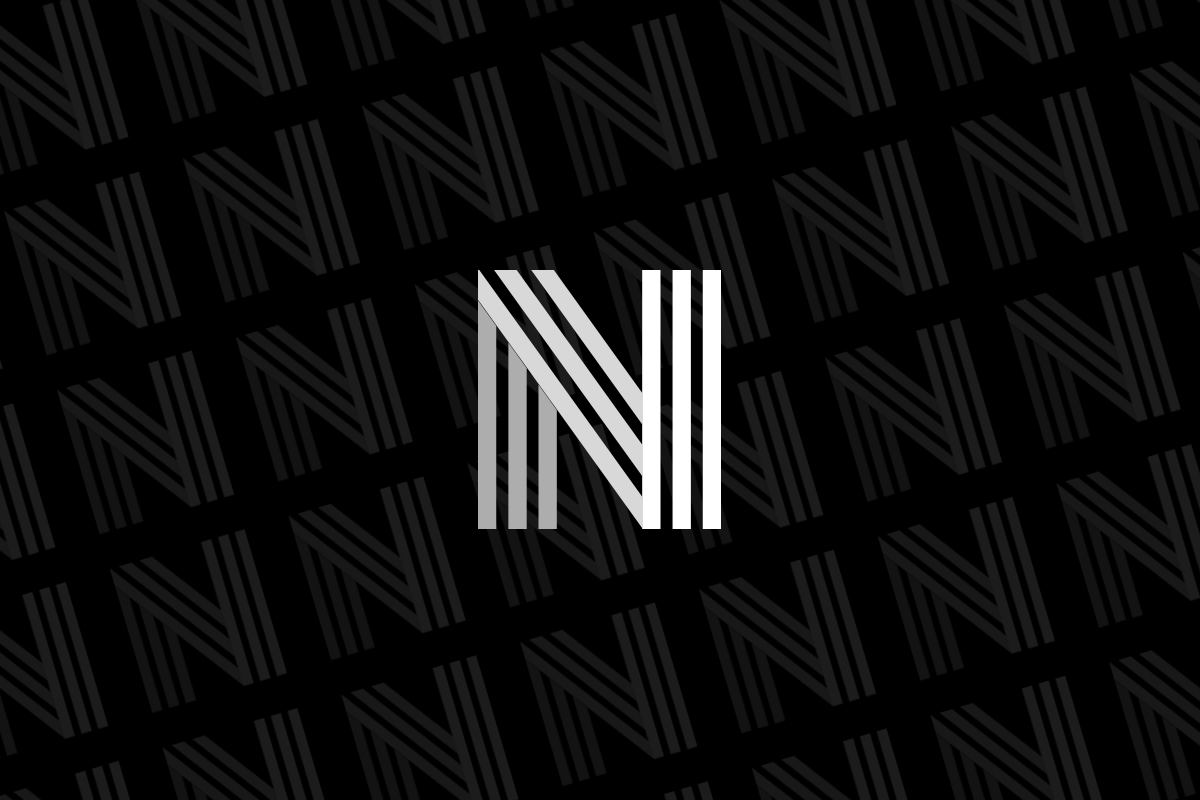Parades, pageants, flag-waving and fireworks. These, plus a good dose of history, will all play a role in the United States Semiquincentennial celebrations leading up to and on July 4, 2026 — the 250th anniversary of the adoption of the Declaration of Independence.
Various national, statewide and local groups are involved in the planning. A slew of public initiatives and events are already underway.
In the works is a 250th kickoff celebration this July 3 at the Iowa State Fairgrounds in Des Moines. At the event, President Trump is expected to announce plans for a Great America State Fair in 2026 and a federally backed Patriot Games highlighting American sports.
America has celebrated its big birthdays in a variety of ways over the years.
At its 100th, in 1876, President Ulysses Grant launched the Centennial Exposition in Philadelphia by powering up a Corliss steam engine. According to Grant’s wife, Julia Grant, the American-made contraption “powered virtually all the exhibits.”
Also, members of the National Woman Suffrage Association crashed the stage to read out their Declaration of Rights of the Women of the United States. (Women wouldn’t get the vote for another 44 years.)
In the run-up to the 1976 bicentennial, the country embarked on five years of patriotic celebrations known as the Bicentennial Era. The festivities included a visit from British monarch Queen Elizabeth II, who gifted the country the Bicentennial Bell, and the American Freedom Train, a traveling museum displaying such artifacts as a copy of the Constitution and a chunk of moon rock.
There was a restaging of the Boston Tea Party in 1973. Instead of protesting high English taxes as was the case in 1773, activists called for environmental protection, racial justice and the impeachment of then-President Richard Nixon.
The people behind the 250th celebrations said they are planning something equally if not more ambitious. “We are committed to creating the largest, most inspiring and unifying commemoration in the nation’s history,” said a statement from the White House.
There are two organizers of the event at the national level: the U.S. Congress’ America250 Commission, which is supported by a nonprofit foundation, and the White House’s Task Force 250.
Programming both celebrates America’s history and accomplishments and looks toward the country’s future. It includes:
It should also be noted that plans are in flux. For example, one of America250’s tentpole projects, America’s Invitation, which launched two years ago and invited members of the public to upload images, written texts and videos expressing “their hopes and dreams for the future of our country” through an online portal, vanished from the America250 website in June. The America250 Commission press team told NPR the initiative is now “taking a backseat” to other programming.
States and municipalities are also organizing their own programming. Examples include:
There were only 13 original states — and Oklahoma, New Mexico, Arizona, Alaska and Hawaii didn’t become states until the 20th century. But all 50 states have planning commissions for the 250th celebrations. Programming is in various stages of development. For example, Hawaii’s America250 website mentions a collective public reading of the Declaration of Independence, among other activities. Conversely, California’s America250 website is currently geared toward celebrating the state’s 175th anniversary later this year.
The organizers are seeking $150 million from Congress; plus they have secured from Coca-Cola, Lockheed Martin and Oracle, among other corporations.
The White House has also redirected thousands of federal grants previously awarded to arts and humanities nonprofits to projects like the National Garden of American Heroes, which has an estimated $34 million price tag.
The White House said additional funding is expected to come from federal departments like the Department of Defense and the Department of the Interior.
This story was edited for broadcast and digital by Jennifer Vanasco.
Source: www.npr.org
